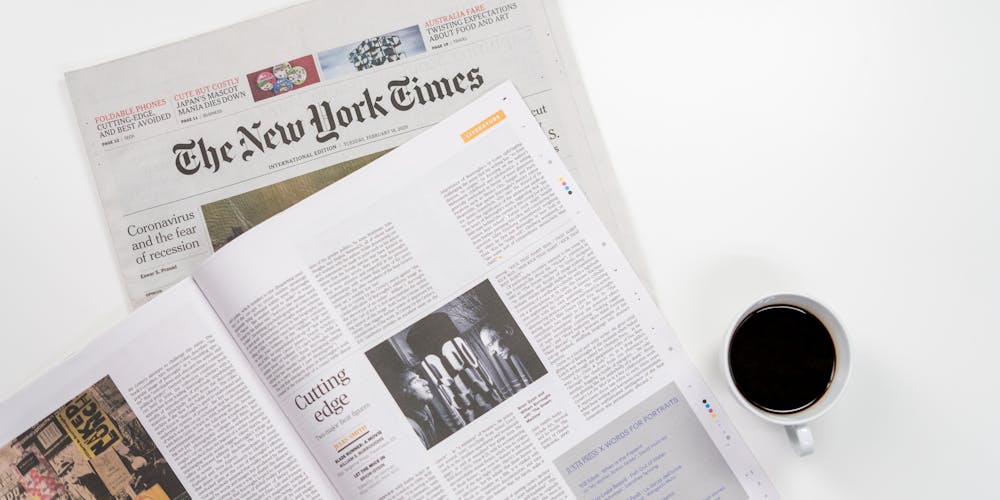The New York Times has been caught in the crosshairs of a major data breach, with a colossal leak of 270 gigabytes of sensitive data that could have far-reaching implications for the organization and its users. This incident reflects the increasing vulnerability of media entities in the digital age and underscores the urgency for more rigorous cybersecurity protocols.
Unveiling the Massive Data Exposure
Origins of the Breach
A cloud-based code platform was the Achilles’ heel for The New York Times, where an oversight involving an exposed credential turned into a cybersecurity nightmare. The newspaper’s quick action to address the issue undoubtedly stemmed the tide of potential chaos, but this lapse has exposed the chink in the armor of IT security for one of the world’s leading news outlets. Recovery from such an incident isn’t just immediate patchwork; it sets the stage for deep introspection about how such breaches can be preempted in the future.
While the immediate threat was neutralized rapidly, the potential for enduring negative impacts looms. Even with quick detection and containment, the data divulged poses an ongoing risk. Compromised private information could be the ammunition for nefarious activities long after the breach has been remedied, leaving the organization to grapple with the aftershocks.
The Scope of Compromised Data
The gravity of the situation comes into sharp relief when considering the detailed inventory of the breach. vx-underground’s findings indicate vast repositories of source code, sensitive internal communications, and intricate details of The New York Times’ IT infrastructure laid bare. The penetration went as deep as an education site database of the newspaper, unearthing full names, email addresses, and hashed passwords—private information that users had entrusted to the publication.
This extensive breach places an untold number of individuals at risk, signaling a privacy apocalypse for users whose data was meant to be sequestered behind virtual fortresses. With their data dispersed in the cyber wild, users are now vulnerable to identity theft, phishing, and other cybercrimes, creating a cascade of potential crises stemming from initial points of data compromise.
Wider Trends and Cybersecurity Implications
Mounting Cybersecurity Challenges in Media
The New York Times’ plight is not an isolated one; it rides the wave of cybersecurity challenges buffeting the media landscape. Take, for example, the leak of Disney’s Club Penguin files, another stark reminder of the sector’s susceptibility. Though distinct events, these incidents parallel each other in the narrative of escalating digital threats against media institutions.
These breaches form part of a narrative that is becoming all too familiar—hackers targeting gatekeepers of the public consciousness, revealing that even purveyors of information are not exempt from becoming the subject of dire headlines in the domain of cybersecurity breaches.
Potential Long-term Impacts
Beyond the shock and the scrambling for solutions post-breach, the implications for the long term are severe. Internal communications, inclusive of private user keys, serve as a skeleton key to the kingdom, potentially opening the floodgates to escalating phishing campaigns, unauthorized access, and the exploitation of The New York Times’ digital resources. Not to mention the smear on the hallowed halls of publishing—a dent in the reputation that rests upon the assurance of confidentiality.
The tarnishing of such trust reverberates beyond just policy reforms or public relations strategies; it points to the deep, systemic work required to arm against future incursions. For publishers that double as custodians of sensitive information, the breach is not merely an operational setback but a call to arms in the digital security battleground.
Broader Context and Cybersecurity Landscape
The Growing List of Data Incidents
The security horizon is dotted with breaches that serve as ominous indicators for the challenges ahead. The Tokyo-based automobile giant, Toyota, and tech powerhouse, Microsoft, have also fallen victim to substantial data leaks, revealing that targets are agnostic to sectors. With the spectrum of cyber incidents widening, a proactive and comprehensive approach is imperative to secure the bulwarks guarding sensitive data.
This epidemic of data exposés is symptomatic of a digital infrastructure in distress, necessitating renewed fervor in prioritizing cybersecurity. The burgeoning volume and sophistication of these breaches are a clarion call bolstering the collective pursuit of formidable cyber defenses.
The Imperative for Robust Cybersecurity Measures
The New York Times has recently been thrust into a difficult situation due to a significant data breach, which led to the exposure of a staggering 270 gigabytes of confidential data. This leak is more than just an isolated incident; it’s a stark warning of the growing vulnerability that modern media entities face in the increasingly digital world. The vast amount of sensitive data now at risk could have wide-ranging repercussions not only for The New York Times but also for its various stakeholders. This breach highlights the necessity for media companies to employ stronger cybersecurity measures and emphasizes the urgency of addressing these vulnerabilities. As cyber threats evolve and increase in sophistication, the critical need for more robust defense systems in the industry becomes clearer, demonstrating the importance of a concerted effort to protect digital assets from unauthorized access and potential exploitation.

